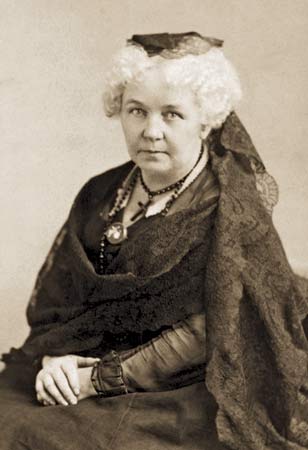
Elizabeth Cady Stanton was an American writer and activist who was a leader of the women's rights movement in the U.S. during the mid- to late-19th century. She was the main force behind the 1848 Seneca Falls Convention, the first convention to be called for the sole purpose of discussing women's rights, and was the primary author of its Declaration of Sentiments. Her demand for women's right to vote generated a controversy at the convention but quickly became a central tenet of the women's movement. She was also active in other social reform activities, especially abolitionism.
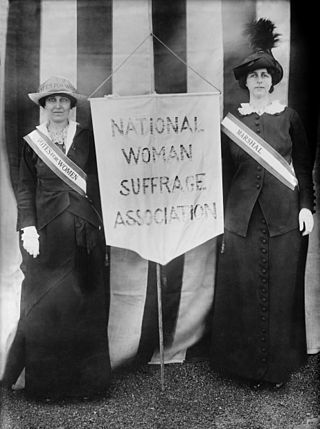
The National Woman Suffrage Association (NWSA) was formed on May 15, 1869, to work for women's suffrage in the United States. Its main leaders were Susan B. Anthony and Elizabeth Cady Stanton. It was created after the women's rights movement split over the proposed Fifteenth Amendment to the U. S. Constitution, which would in effect extend voting rights to black men. One wing of the movement supported the amendment while the other, the wing that formed the NWSA, opposed it, insisting that voting rights be extended to all women and all African Americans at the same time.
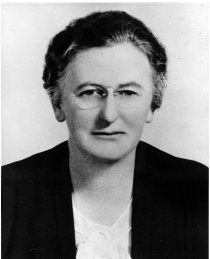
Mary Williams Dewson (1874–1962) was an American feminist and political activist. After graduating from Wellesley College in 1897, she worked for the Women's Educational and Industrial Union. She became an active member of the National Consumers League (NCL) and received mentorship from Florence Kelley, a famous advocate for social justice feminism and General Secretary of the NCL. Dewson's later role as civic secretary of the Women's City Club of New York (WCCNY) led to her meeting Eleanor Roosevelt, who later convinced Dewson to be more politically active in the Democratic Party. Dewson went on to take over Roosevelt's role as head of the Women's Division of the Democratic National Campaign Committee. Dewson's "Reporter Plan" mobilized thousands of women to spread information about the New Deal legislation and garner support for it. In connection with the Reporter Plan, the Women's Division held regional conferences for women. This movement led to a historically high level of female political participation.

Elizabeth Josephine Brawley Hughes was an advocate of women's rights in the United States West region. George W. P. Hunt described her as the Mother of Arizona.
First-wave feminism was a period of feminist activity and thought that occurred during the 19th and early 20th century throughout the Western world. It focused on legal issues, primarily on securing women's right to vote. The term is often used synonymously with the kind of feminism espoused by the liberal women's rights movement with roots in the first wave, with organizations such as the International Alliance of Women and its affiliates. This feminist movement still focuses on equality from a mainly legal perspective.
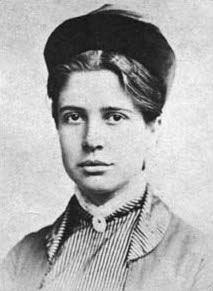
Florence Moltrop Kelley was a social and political reformer and the pioneer of the term wage abolitionism. Her work against sweatshops and for the minimum wage, eight-hour workdays, and children's rights is widely regarded today.
The Revolution was a newspaper established by women's rights activists Susan B. Anthony and Elizabeth Cady Stanton in New York City. It was published weekly between January 8, 1868, and February 17, 1872. With a combative style that matched its name, it primarily focused on women's rights, especially prohibiting discrimination against women's suffrage in the United States, and women's suffrage in general. It also covered other topics, such as politics, the labor movement, and finance. Anthony managed the business aspects of the paper, while Stanton was co-editor along with Parker Pillsbury, an abolitionist and a supporter of women's rights.

Business and Professional Women's Foundation (BPW) is an organization established for workforce development programs and workplace policies to acknowledge the needs of working women, communities, and businesses. It supports the National Federation of Business and Professional Women's Clubs.
María Abella de Ramírez was an Uruguayan feminist, noted for her role in establishing Uruguayan and Argentine women's groups in the early 1900s.
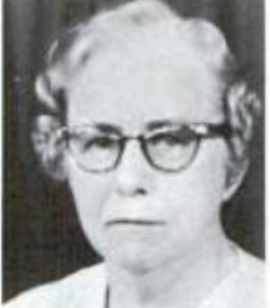
Lucy Somerville Howorth was an American lawyer, feminist and politician. On August 18, 1917, in the State Capitol gallery in Nashville, Tennessee, she witnessed the Nineteenth Amendment to the United States Constitution being ratified, giving women the right to vote. This inspired her lifelong fight for the civil rights of minorities and women. She served in the Mississippi House of Representatives from 1932-1936. She worked on New Deal legislation.

Addie Lucia Ballou was an American suffragist, poet, artist, author, and lecturer.

Laura de Force Gordon was a California lawyer, newspaper publisher, and a prominent suffragette. She was the first woman to run a daily newspaper in the United States, and the second female lawyer admitted to practice in California.
This timeline highlights milestones in women's suffrage in the United States, particularly the right of women to vote in elections at federal and state levels.
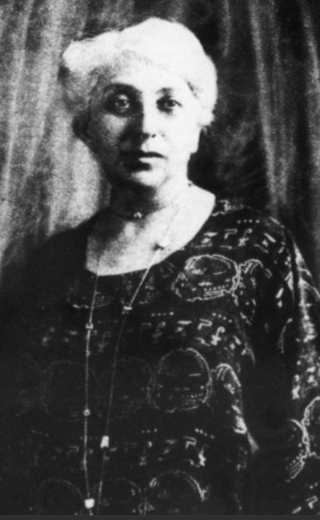
Adele Georgina Schreiber-Krieger was an Austrian-German politician, writer and feminist. An activist for the rights of women and children, she sat in the Reichstag of the Weimar Republic for a total of eight years under the Social Democratic Party of Germany. She fled the nascent Nazi Germany in 1933 and settled in the United Kingdom and later Switzerland, where she died.

Emma Barrett Molloy was an American journalist, lecturer, temperance and women's rights activist, lecturer and Christian evangelist from South Bend, Indiana. Along with her second husband, Edward Molloy, she co-edited South Bend National Union (1867–71) and the Elkhart Observer (1872–76), becoming the first female newspaper editor in northern Indiana. In addition to writing for her own newspapers, Molloy's articles appeared under her own name or various pseudonyms in other U.S. publications that included The Woman's Journal and The Revolution, two of the top Women's Suffrage journals. Molloy also traveled in the United States and in England as was well known on the lecture circuit as a prohibition activist.
Edith Daggett Rockwood was an American writer.
The struggle for women's right to vote in Mexico dates back to the nineteenth century, with the right being achieved in 1953.

Rosa Lyons McKay was an American politician. She was one of the first women elected to the Arizona state legislature, serving in the 1917–1918, 1919–1920, and 1923–1924 sessions. She was inducted into the Arizona Women's Hall of Fame in 2019.
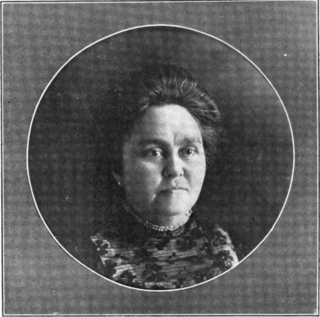
Rosa Meador Goodrich Boido was an American physician, suffragist, and temperance worker. She was the first woman to hold a medical license in Arizona.